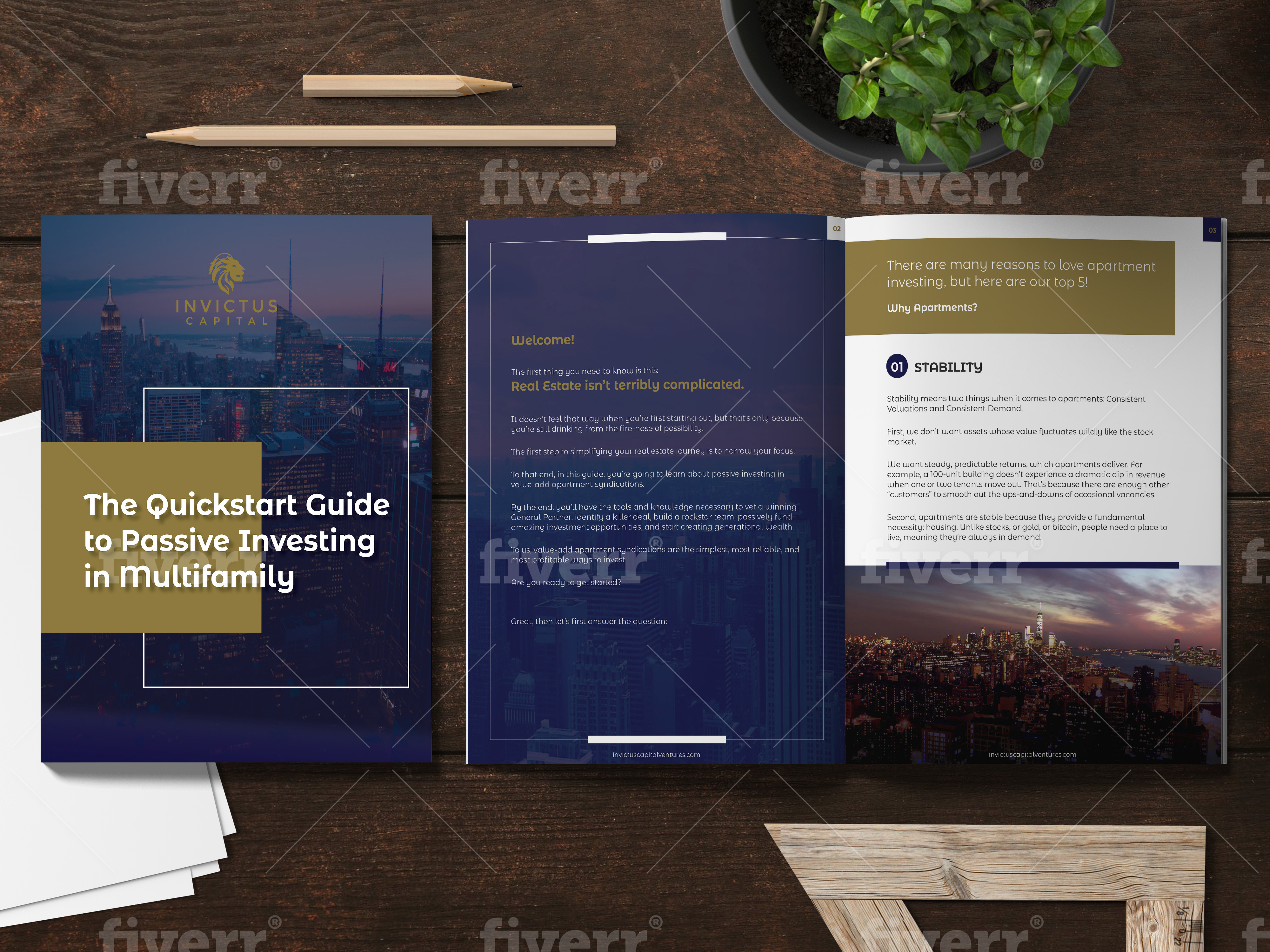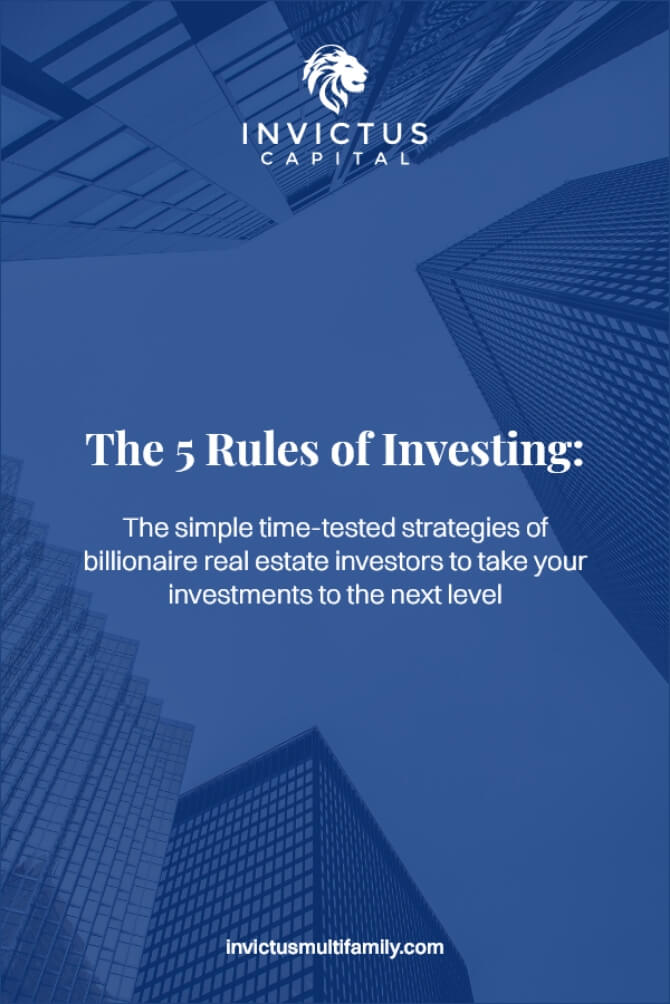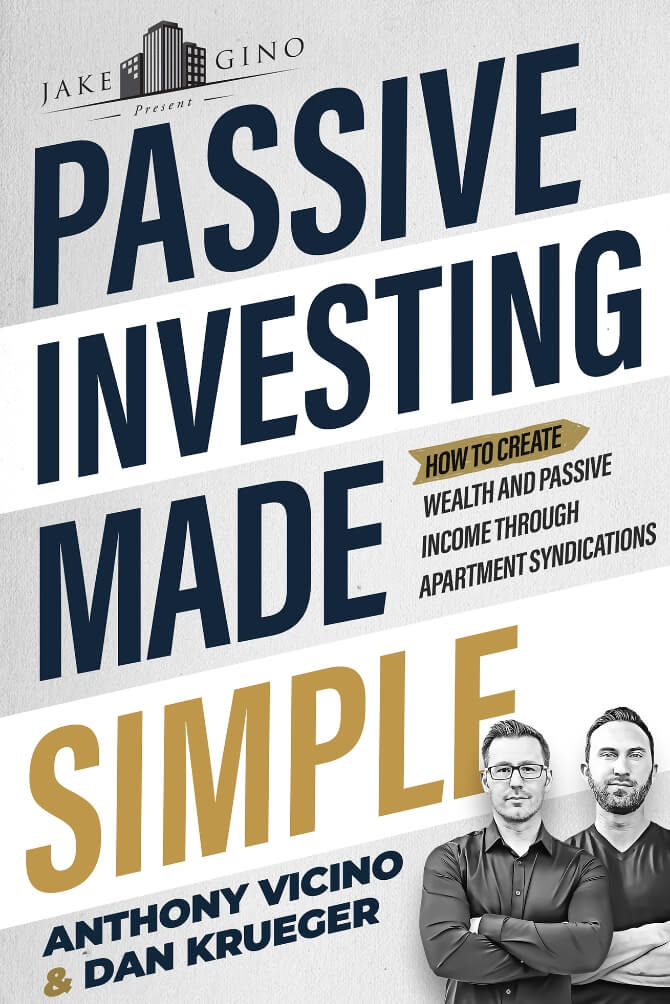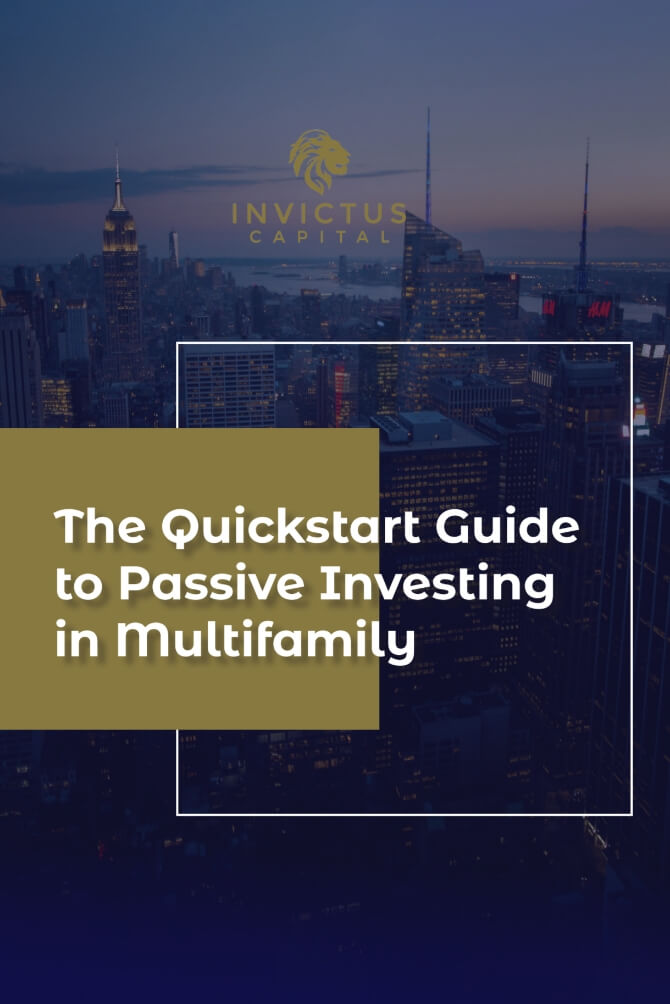The Almighty Cap Rate
Spend any amount of time looking at commercial real estate and you’ve inevitably heard the term cap rate (capitalization rate).
On the surface, cap rate seems a fairly simple concept (it’s a measure for comparing investments and determining value), and yet we find it still quite often trips up newer (and sometimes not so new) investors.
So let’s dissect cap rates and see if we can’t demystify this critical concept.
Let’s first offer up a working definition. In the most basic sense, the cap rate is the rate of return that the market is currently demanding for a particular asset class in a particular region.
The last part of that sentence is critical to really understanding cap rates. That is, context matters, and nowhere is that truer than with cap rates.
The cap rate of a Minneapolis Class A apartment building asset bears no resemblance to the going cap rate of a Class C apartment building in Detroit.
That might not seem so surprising, but the same concept holds even as we drill down within a particular submarket. The cap rate of a Class B multifamily asset in Minneapolis is different from a Class B office or industrial space in the same city.
Okay, you get it. Location and asset class matter.
Unclear about asset classes? Click here to learn more!

Next, let’s talk about something that doesn’t matter: Leverage.
When it comes to cap rates, the hypothetical investor is asking themselves, “If I were to pay for this asset entirely with cash, what is the amount of return I would expect?”
Whatever the answer to that question ultimately is…is your cap rate.
The Magic Formula
Let’s get into the numbers and break it down with a concrete example.
In our example, let’s presume we have a property generating a gross revenue of $200,000/month with a monthly operate expense of $100,000. What is left over ($100,000) is our Net Operating Income (NOI).
Remember, when dealing with cap rates, the debt service doesn’t matter, so leave that aside for now.
So in this example, we have an NOI of $100,000. The next question, really the only question anybody really cares about when it comes to cap rate is, “What’s this property worth?”
Let’s say in this example, the established cap rate for this asset class in this market is 7%. That is, if we were buying this building in all cash, we would expect a 7% return on our investment.
To backtrack the math then, we want $100,000 to be 7% of our initial investment. The math astute amongst us will know we can do that calculation easily enough by way of dividing our NOI by the cap rate.
$100,000 (NOI) / 7% (Cap Rate) = $1,428,571 (Property Value)
Again, the formula is:
NOI/Cap Rate = Property Value
To bring it full circle, we now understand that this property is worth about $1.4 million.
This is an important benchmark because it immediately qualifies a deal. If a seller is asking for $2 million, then you know, based on the current market standards, it’s not a terribly good deal.
On the other hand, if the seller has it listed at $1 million, you might have a diamond in need of polishing on your hands.
The Cap Rate is a Tricksy Hobbit
Now here’s where people really get tripped up on cap rates.
They forget it moves.
Over time, cap rates shift up and they shift down based on a confluence of all sorts of factors, primarily: the opportunity cost of capital, growth expectations, and risk.
Risk is an interesting concept that’s hard to peg down. To learn more about risk, click here!

We’re not going to drill down into all the variables at play here, just know that, for underwriting purposes, it’s best to be conservative when it comes to calculating your cap rates at the time of exit.
There is nothing worse than underwriting an entire deal on the assumption that the cap rate will be the same (or lower) in 5 years than it is now, only to find, when it comes time to sell, that the cap rate has actually risen.
This can sink an otherwise awesome deal.
For our underwriting purposes, we conservatively estimate the cap rate will rise by 10-20bps/year over the course of a hold. This means that if worst-case scenario, the cap rate floats north over the life of an investment, we’re not stuck taking a loss at the time of exit because we were caught unprepared for the higher than anticipated cap rate.
How to Find Your Market’s Cap Rate
You now understand the importance of cap rates and how they are used to determine a properties value…but where do you find your market’s cap rate?
Can you just Google it?

Well, not really.
There are certainly some great online resources that can point you in the direction of your market’s general trends, but cap rates move, and unfortunately, the online resources aren’t always super up-to-date.
But that’s okay, because your best resource when it comes to your market’s cap rates is inevitably going to be your broker.
Brokers, with their access to CoStar and other professional inside knowledge, have the pulse of your market.
The Other Part That Trips People Up
Okay, so if you’ve been paying close attention, you’ll have noticed that lower cap rates equal higher valuations.
That is, a property selling at a 5 cap is going to cost more than a property selling at a 10 cap. Which makes sense, because a 5 cap means an investor is getting less for their invested dollar than at a 10 cap.
This means they have more money in play.
The general rule, therefore, is: Sellers want low cap rates. Buyers want high cap rates.
But don’t take this to the extreme and get suckered into setting a particular cap rate as your benchmark (and this is the most common mistake investors (including experienced ones) make when it comes to cap rates.
The cap rate does not in and of itself, tell you whether a deal is any good. It is just a reflection of current market conditions.
The important thing for the savvy investor to understand about cap rates is that it’s always relative and, ultimately, the number itself only matters in relation to the rest of the market.
If everything in your market is generally selling at a 4 cap, then finding a property going at a 6 could be a fantastic deal!
A deal you might have missed out on if you stubbornly insisted on only evaluating properties selling at a 9 cap.
If you are seeking a 10% cash on cash return with an 18% IRR, then it doesn’t really matter if the cap rate is a 4 or an 11, as long as the underlying property can yield the desired investment targets.
So, now you’ve got a better understanding of cap rates and how this important metric is used to determine an assets underlying value. It’s critical you understand how to valuate a property with nothing more than the current market cap rate and NOI, so get out your calculator and practice a bit.
Remember, Property Value = NOI / Cap Rate.
Now if you want to learn how this fits into the larger picture of value-add multifamily syndications, be sure to download the FREE Quickstart Guide to Passive Investing in Multifamily.

Got questions? Leave a comment or shoot us an email at anthony@invictusmultifamily.com. We’d love to hear from you!


